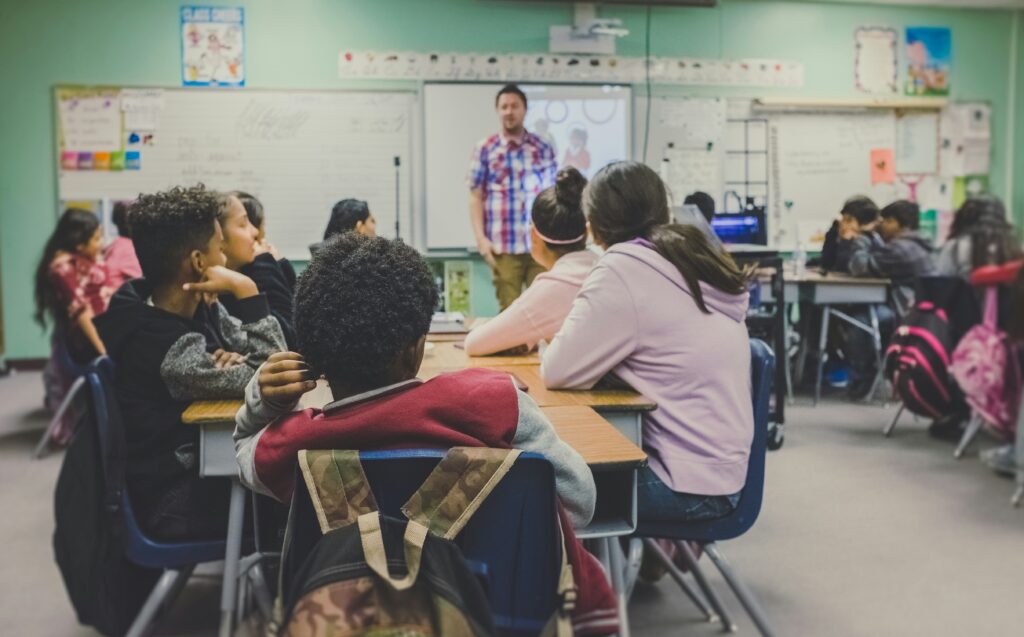
10 free tools for helping kids with ADHD.
Table of Contents
Kids with ADHD face so many more challenges than a neurotypical kid. Being a kid in general is hard, but being a kid with ADHD can be extremely tough and a daily struggle.
Brain development and learning.

Kids are learning every moment of every day. Their brains are slowly developing as they navigate through home life, school, friends, and taking care of themselves. They’re learning right and wrong, 8 different subjects in school, managing time with chores and fun, and taking in every behavioral and verbal interaction they witness as information to learn from. That is exhausting.
The ADHD brain.
Kids with ADHD must manage all that while battling their own brain. Inside their brain is nothing short of a battlefield. It’s no wonder they have difficulty regulating their emotions, anger outbursts, trouble following directions, difficulty with change and transitions, easily overstimulated, and trouble with sleep.
I won’t go into detail on how the ADHD brain works because I talk about it in depth here. Those areas of the brain are impacted starting at birth. The added challenge for kids with ADHD is that their frontal lobe doesn’t fully develop until the age of 35. So, they already have a harder time because their brain is still developing, then add in that ADHD creates challenges in frontal lobe functioning. That is rough!

It can be hard as a parent to stay calm when your kid is having an anger outburst. It can be frustrating when you must tell your kid to clean his/her room 30 times and it’s still likely that it will be only partially cleaned. But the worst thing you could do for your kid is to yell back, punish them for ADHD symptoms, or tell them how bad they are for not following directions.
All kids need compassion and understanding from parents and adults in their lives. That is how they learn to treat themselves and other people. Kids with ADHD often have very low self-esteem. That can improve when adults change how they approach every moment with kids.
This post contains affiliate links, which means I made a small commission at no extra cost to you. Get my full disclosure here.
Tools that can help kids with ADHD:

Take a break: this is for both the parent and a child. Nothing beneficial comes out of an interaction when emotions are heightened. Communicate to your kid that it looks like everyone needs to take a break and find a calming activity like coloring or laying outside in the grass for 20 minutes before having a conversation about what happened. Try one of these mindfulness coloring books or anxiety relief coloring books.
Create a cozy corner: this would also be a great place for your kid to take a break. Let your kid help you make the cozy corner, so it is a safe place for your kid to go. Make sure it has an emotions chart and calm down activities. I love this emotion chart pillow cover because it has the emotions and physical signs of those emotions. That helps your kid make the connection with emotional feelings to physical feelings.
Create a chore chart: let you kid help you create a chart with rewards and consequences. Kids with ADHD like to be a part of these conversations. It is also very helpful for when they do get a consequence and are upset about it, you can have the conversation of “remember we talked about this, and both agreed on this consequence when we created the chore chart together.” Try to make the rewards an activity and not just more screen time. Try one of these easy and organized chore charts.
Practice emotional regulation: kids don’t have the tools for managing their emotions. It is your job as a parent to teach your kid about emotions and appropriate ways of responding and processing those emotions. This self-regulation workbook could be a great tool for you and your kids!
Respond, don’t react: as I mentioned earlier, it does not help a situation if you start yelling too. Show compassion for the big emotions your kid is having and work together to regulate.
PRAISE, PRAISE, and more PRAISE: kids with ADHD are already hard on themselves, and they get in trouble more often than other kids. Praise them for the positive traits and behaviors you see. Try to express a praise to them at least 5 times a day.
Make eye contact when asking your kid to complete a task: you can’t yell from the other room and expect your kid who is deeply focused on a toy to break focus and register what you are saying. Walk into the room, ask for your kid to make eye contact with you, and then ask the question.

Set up an IEP at school: An IEP stands for individualized education program. An IEP looks different depending on the school and the kid’s needs. It is generally a conversation that parents have with the school to create the best plan. Some tools in an IEP might be; accommodations like moving to a smaller classroom for one on one help with assignments, moving to a quiet space for tests, taking several movement, breaks during the day, the use of fidget toys in the classroom, etc.
This is not an all-inclusive list, but a great list to get you started. Finding a mental health therapist for you and your kid could also be extremely beneficial. Please contact me if you have any questions or comments!
